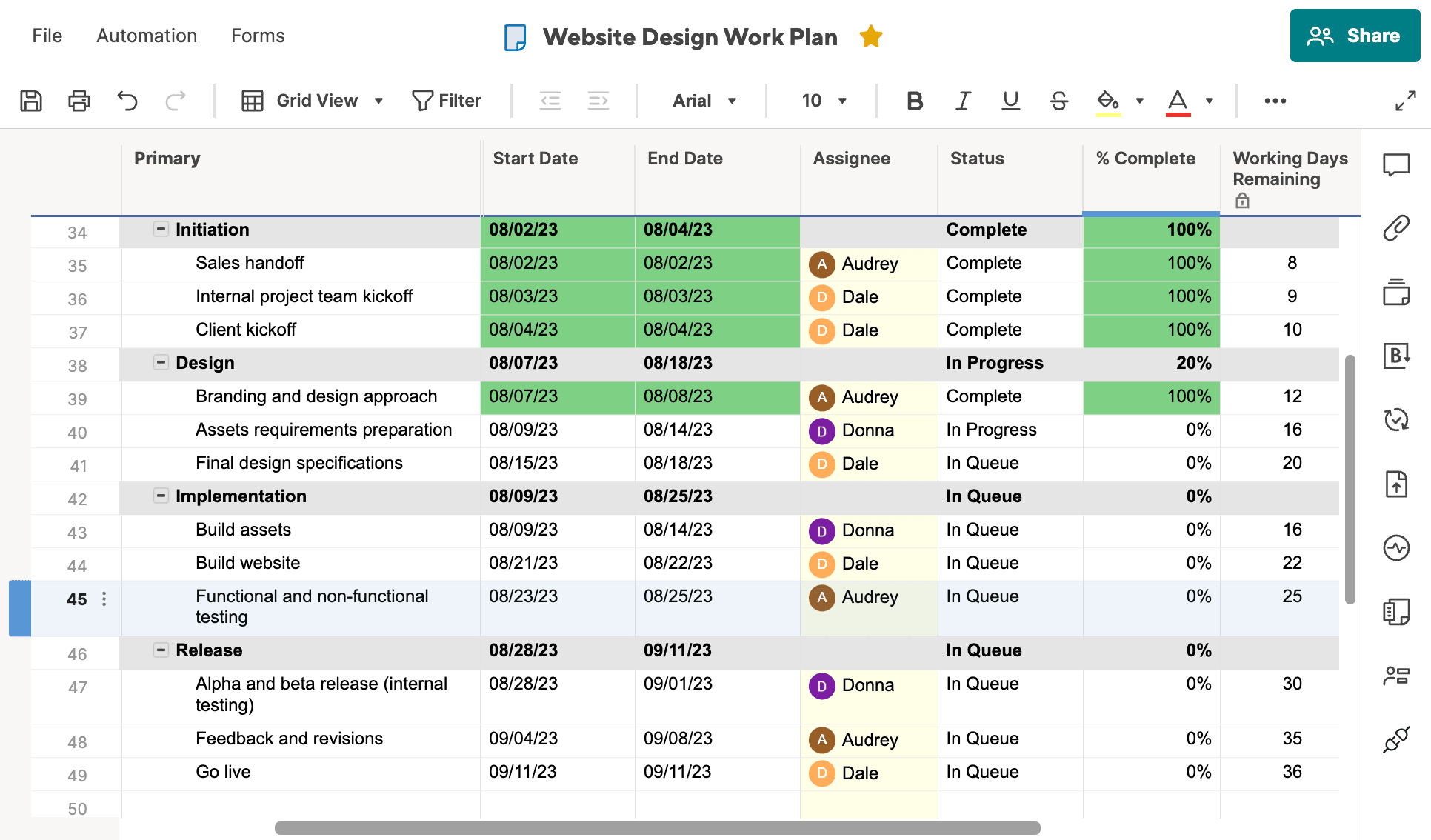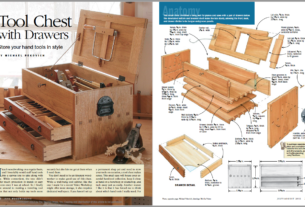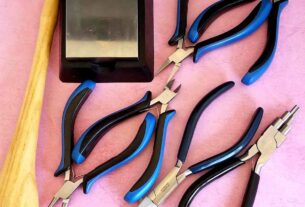Are you planning to start a construction project or simply want to fix something around your house? Whatever your reason may be, having the right track tools is crucial. Not only will it save you time and effort, but it can also ensure the quality of your work. In this article, we’ll guide you on how to choose the best track tools for your project.
What are Track Tools?
Track tools are specialized equipment used in construction, maintenance, and repair of rail tracks. These tools are designed to make tasks more efficient and effective while ensuring safety in the workplace. Some examples of track tools include rail saws, rail drills, spike pullers, and tie tampers.
Factors to Consider When Choosing Track Tools
Before purchasing any track tool, it’s essential to consider several factors that can impact its performance and efficiency. Here are some of the things you should keep in mind:
1. Type of Work
The type of work you’ll be doing is perhaps the most critical factor in choosing track tools. Different tasks require different types of equipment. For instance, if you need to cut rails, a rail saw would be more appropriate than a spike puller.
2. Quality
Quality is another important consideration when choosing track tools. It’s always better to invest in high-quality equipment that can last longer and perform better than cheap alternatives. Look for brands that have a reputation for producing durable and reliable products.
3. Price
Price is also a significant factor in selecting track tools. While it’s tempting to go for cheaper options, remember that quality comes at a price. Instead of focusing solely on the cost, consider the value that each tool brings to your project.
4. Safety Features
Safety should always come first when working with heavy machinery like track tools. Look for equipment with features such as automatic shut-off switches, protective guards, and ergonomic designs that can minimize the risk of accidents.
5. Compatibility
Finally, make sure that the track tools you choose are compatible with other equipment you already have or plan to purchase. This can save you money in the long run and prevent compatibility issues that can cause delays in your project.
Types of Track Tools
Now that we’ve looked at some of the factors to consider when choosing track tools, let’s explore some of the most common types of equipment used in rail track maintenance and repair.
1. Rail Saw
A rail saw is a specialized saw used for cutting rails accurately. It uses a diamond blade that can cut through steel quickly and efficiently. With a rail saw, you can make precise cuts without damaging the surrounding rail sections.
2. Rail Drill
A rail drill is used to drill holes into rails for various purposes such as installing bolts or fastening plates. It’s designed to work on hard materials like steel and can create holes with precise depths and diameters.
3. Spike Puller
A spike puller is a tool used to remove spikes from railroad ties. It’s an essential tool for rail track maintenance as it allows workers to replace damaged ties or adjust the position of tracks easily.
4. Tie Tamper
A tie tamper is used to compact ballast under railroad ties, ensuring that they remain firmly in place. It’s an important tool in track maintenance as it prevents wear and tear on tracks caused by frequent movement.
Conclusion
Choosing the right track tools can be overwhelming, but with these tips, you’ll be able to select the best equipment for your project needs. Remember to prioritize safety, quality, and compatibility when making your decision. With high-quality track tools in hand, you’ll be able to tackle any construction project with ease.
References:
– TrackTools.com
– Railway-technology.com
– Wikipedia.org
Disclaimer: The information provided in this article is for educational purposes only and should not be taken as professional advice. Always consult with a licensed professional before using heavy machinery or undertaking any construction project.




